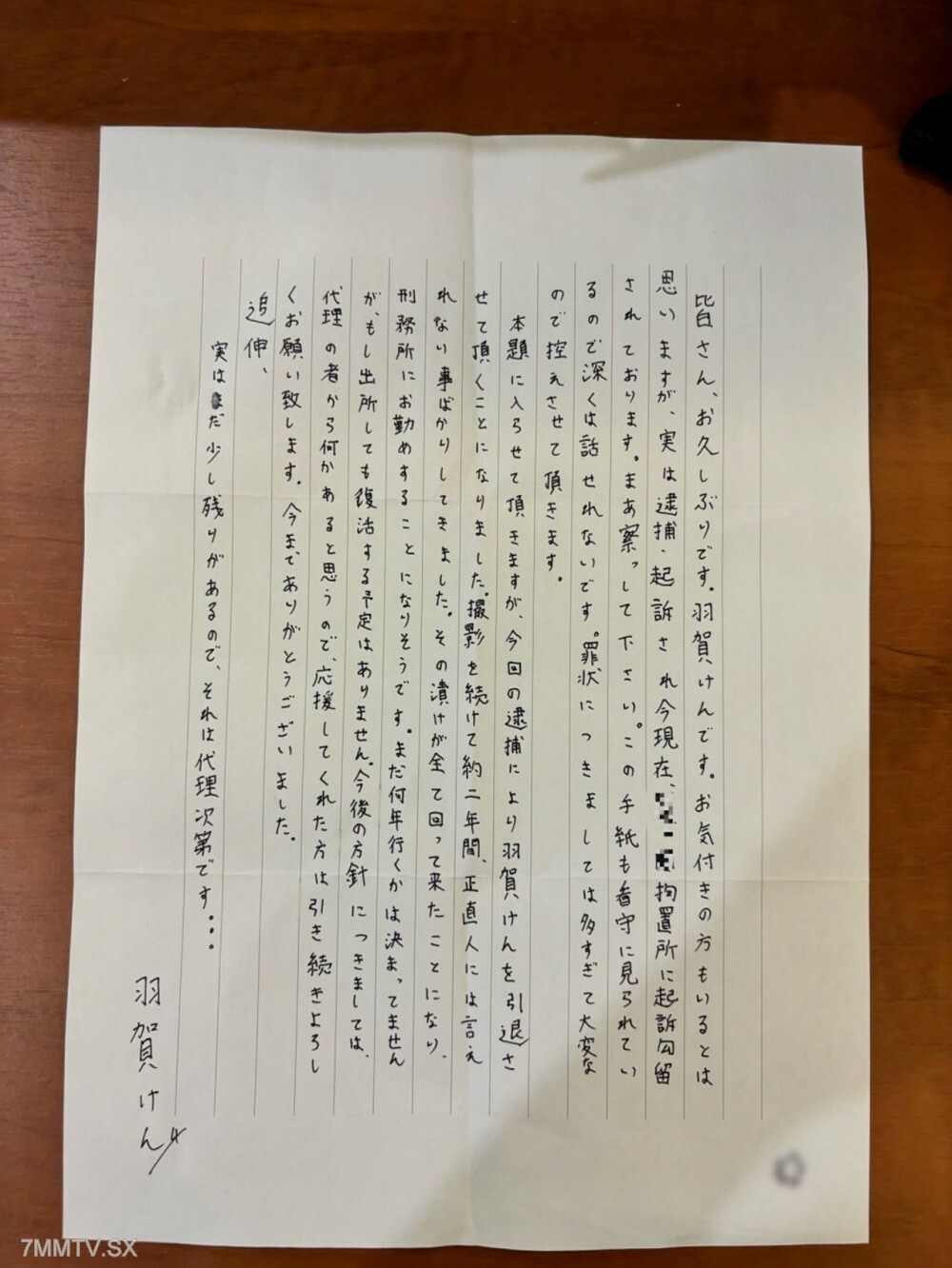桃色-AV
猜你喜欢
 今日播放:880次
今日播放:880次
欧美人与动交视频在线观看_亚洲日韩国产成网在线观看_亚洲精品乱码久久久久久蜜桃_国产日韩在线视频免费播放
最新视频 - 2024-12-10
 今日播放:192次
今日播放:192次
了解最新国产成人精品盛宴免费信息 - BD英语在线观看
最新视频 - 2024-12-10
 今日播放:952次
今日播放:952次
久久久久精品老熟女国产精品 - 剧情片免费观看最新
最新视频 - 2024-12-11
 今日播放:576次
今日播放:576次
137肉体裸交xxxxx摄影
最新视频 - 2025-03-19
 今日播放:781次
今日播放:781次
 今日播放:649次
今日播放:649次
伊人久久大香线蕉AV一区美国
最新视频 - 2024-12-10
 今日播放:117次
今日播放:117次
236宅宅理论片免费_377人体粉嫩噜噜噜_少妇系列之白嫩人妻_国产性夜夜春夜夜爽1a片
最新视频 - 2025-02-13
 今日播放:274次
今日播放:274次
亚洲精品免费视频
最新视频 - 2025-01-24
 今日播放:984次
今日播放:984次
 今日播放:26次
今日播放:26次
亚洲国产专区校园欧美
最新视频 - 2024-12-11
 今日播放:890次
今日播放:890次
思思99re6热只有精品免费
最新视频 - 2025-03-10
 今日播放:676次
今日播放:676次
 今日播放:602次
今日播放:602次
国产美女露脸作爱视频
最新视频 - 2024-12-06
 今日播放:0次
今日播放:0次
麻豆精品久久久久久久99蜜桃
最新视频 - 2025-03-06
 今日播放:911次
今日播放:911次
曰韩无码中文字幕
最新视频 - 2024-12-10
 今日播放:536次
今日播放:536次
亚洲不卡视频 - 国产剧高清免费观看
最新视频 - 2024-12-06
 今日播放:0次
今日播放:0次
2021久久国产福利国产秒拍 - 1080高清完整版播放
最新视频 - 2025-03-05
 今日播放:599次
今日播放:599次
欧美香蕉爽爽人人爽
最新视频 - 2025-01-25
 今日播放:893次
今日播放:893次
 今日播放:735次
今日播放:735次
极品少妇被啪到呻吟喷水
最新视频 - 2024-12-10
 今日播放:276次
今日播放:276次
高清国产自拍 - DVD免费电视剧
最新视频 - 2024-12-10
 今日播放:901次
今日播放:901次
黑丝伪娘 要要 塞着肛塞 晃着屁屁求操 被小哥哥后入无套内射 边操边撸自己一一泻千里
最新视频 - 2024-12-11
 今日播放:63次
今日播放:63次
在线美女视频黄频a免费 - 1080P在线观看视频
最新视频 - 2024-12-11
 今日播放:756次
今日播放:756次
母子乱伦!大奶骚熟女讲述第一次!叫来儿子开操,大肥臀骑在身上,上下猛砸,儿子的小身板
最新视频 - 2024-12-11